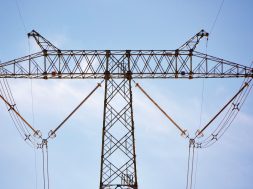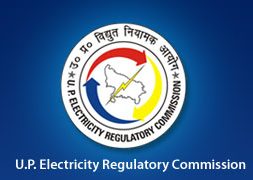
Solar still beats waste-to-energy
A 30-megawatt solar power station in Pursat province has started generating power to the national grid, with three other approved projects set to produce energy in late 2020 but this still leaves questions to be asked on why the waste-to-energy (WTE) method is still not being used.
A megawatt (mW) is a unit for measuring power and represents 1 million watts which is equivalent to the energy used by 330 average homes for one hour.
A total of 140 megawatts of solar power plant projects should be complete in a total of four provinces throughout Cambodia by the end of 2020.
The further three solar projects set to be completed are based in Banteay Meanchey, Battambang and Svay Rieng provinces.
Solar energy is the direction Cambodia is going in terms of renewable energy at the moment although feasibility studies on WTE plants have been conducted in the past.
Many waste-to-energy projects have been proposed and studied, but no projects up to now have been invested in yet, said Victor Jona, director-general of energy at the Ministry of Mines and Energy.
“The high cost of investment and power tariffs generated from waste-burning power plants are higher compared with other power sources, the tariff from burning waste to generate power is higher, but the project is important because it can keep our cities clean from waste and also create power for the grid,” Jona added.
The power tariff from waste-burnt power plants is around $0.14 to $0.15 per kilowatt-hour sold to the Electricite du Cambodge (EDC) and power tariffs from hydro dams is $0.06 to $0.07 per kilowatt-hour. It is $0.08 per kilowatt-hour from coal-fired power plants.
EDC Director-General Keo Rattanak said at the launch of the Switch Garment project last week that he had been talking to The Global Green Growth Institute (GGGI) about turning waste into energy.
“We are exploring options every day but the trouble is the cost is still too high. The rubbish here is not sorted properly. The rubbish is always wet and full of dirt. That is no good when trying to burn it into energy,” Rattanak added.
However, investment in generating power from burning waste is mentioned in the draft on urban waste management policy which was discussed by ministries mainly led by the Ministry of Economy and Finance and the Ministry of Environment.
According to a report from the Ministry of Environment, 1.7 million tonnes of solid waste were collected and sent to rubbish dumps, a 15 percent increase year-on-year. The solid waste accounted for 51 percent of total rubbish in 2018.
The policy on urban solid waste management lasts from 2019 to 2028.
One of the prioritised projects stated in it is that there should be an investment in converting energy from urban solid waste.
The government has encouraged the private sector to step up investment in converting waste to energy in a marathon of discussions between commercial companies and the government’s ministries and institutions.
For now, solar energy is the way forward for Cambodia until someone takes the plunge to invest in WTE and follow in the footsteps of neighbouring countries such as Thailand.
The Industrial Estate Authority of Thailand (IEAT) has predicted that of the 22 million tonnes of waste generated last year, 20.8 million tonnes are non-harmful.
Jakkarat Lertopas, IEAT deputy governor, said: “We estimate that the new amount of industrial waste should generate as much as 2,000 megawatts of electricity.”
















